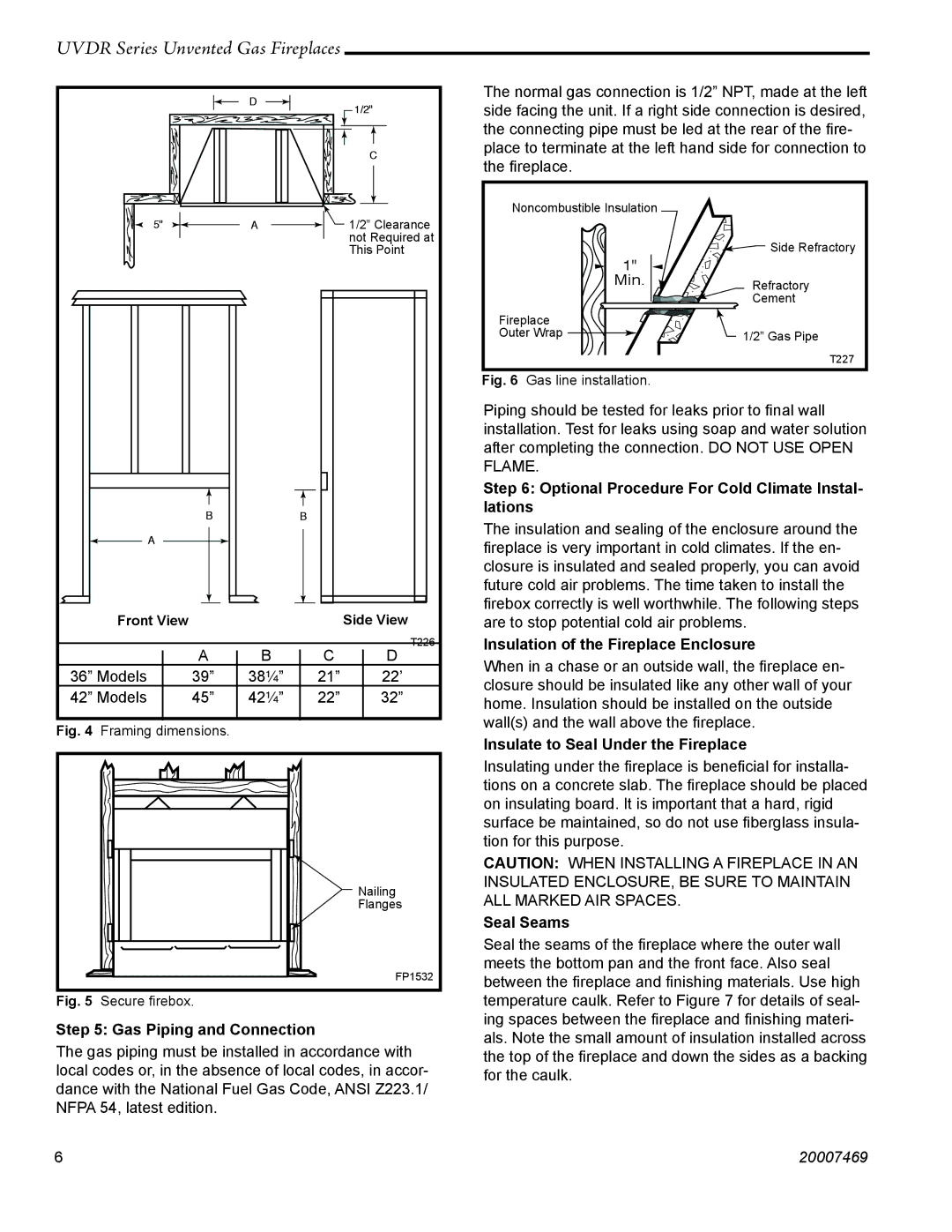UVDR36C, UVDR42C specifications
CFM Corporation is a leading name in the world of efficient ventilation and air quality management, and its UVDR series, specifically the UVDR36C and UVDR42C models, stands out for their innovative features and advanced technologies. Designed for residential and commercial applications, these units are engineered to enhance air quality while ensuring energy efficiency.The UVDR36C model is equipped with a powerful 36-inch UV-C air purifier that helps to eliminate airborne pathogens, viruses, and bacteria. This model utilizes ultraviolet light technology, which is proven to disinfect and purify air more effectively than traditional methods. Likewise, the UVDR42C offers a broader 42-inch purification coverage, catering to larger spaces or more demanding air quality needs.
Both models feature a robust filtration system that combines high-efficiency particulate air (HEPA) filters and activated carbon, trapping harmful particulates while neutralizing odors. The HEPA filters help to capture dust, pollen, pet dander, and other allergens, significantly improving indoor air quality. The activated carbon works to remove volatile organic compounds (VOCs) and other undesirable smells, promoting a fresher environment.
One of the standout characteristics of the UVDR series is their smart technology integration. These models are equipped with real-time air quality monitoring sensors, which adjust the purification levels based on the detected pollutants. This intelligent feature not only maximizes efficiency but also ensures that the air remains clean without unnecessary energy consumption.
Energy efficiency is a hallmark of the UVDR series. Designed to minimize power usage while maintaining optimal performance, both models operate quietly, making them ideal for homes, offices, and various commercial environments. This energy-efficient operation is complemented by an easy-to-use interface and user-friendly controls, allowing for seamless adjustments and monitoring.
The construction quality of both the UVDR36C and UVDR42C is robust, ensuring durability and longevity. With modern aesthetics, they fit seamlessly into any interior decor. Furthermore, maintenance is straightforward, with easy access to filters for replacement, making upkeep hassle-free.
Overall, the CFM Corporation UVDR36C and UVDR42C models represent a compelling choice for those seeking advanced air purification solutions. With their unique features, innovative technologies, and commitment to energy efficiency, CFM continues to set the standard in air quality management.

